Lesson summary
Students will explore how science can be used to reduce water usage in plastic production processes. They will compare water usage in virgin and recycled plastic production before creating a flow chart to show where water usage could be reduced in either one of these processes.
Learning intentions:
Students will...
- compare the water used in the production of a new single-use plastic bottle to a recycled plastic bottle.
Success criteria:
Students can...
- explain how science can be used to develop new methods of plastic production that minimise water usage
- create flow charts for new and recycled plastic production processes.
Lesson guides and printables
Curriculum links
Select your curriculum from the options below.
Lesson details
Skills
This lesson is designed to build students’ competencies in the following skills:
- creative thinking
- critical thinking
- collaboration
- communication
- digital literacy
- problem solving
Curriculum Mapping
Australian Curriculum (v9.0) content description: 7 & 8, Science
- Students learn to explain how new evidence or different perspectives can lead to changes in scientific knowledge (AC9S7H01/AC9S8H01)
- Students learn to examine how proposed scientific responses to contemporary issues may impact on society and explore ethical, environmental, social and economic considerations (AC9S7H03/(AC9S8H03).
Relevant parts of Year 7 achievement standards: Students identify the factors that can influence the development of and lead to changes in scientific knowledge. They explain how scientific responses are developed and can impact society.
Relevant parts of Year 8 achievement standards: Students analyse how different factors influence the development of and lead to changes in scientific knowledge. They analyse the key considerations that inform scientific responses and how these responses impact society.
NSW Syllabus outcomes:
A student presents science ideas, findings and information to a given audience using appropriate scientific language, text types and representations (SC4-9WS)
General capabilities: Critical and Creative Thinking
Cross-curriculum priority: Sustainability
Level of teacher scaffolding: Medium - facilitate class discussion and mind-map making, support students in creating flow charts.
UN Sustainable Development Goals
UN SDG 12: Ensure sustainable consumption and production patterns
- Target 12.5: By 2030, substantially reduce waste generation through prevention, reduction, recycling and reuse.
Resources Required
- Chart Assessment Rubric
- devices with internet access and programs to create flow charts (e.g. Canva)
- marker pens
- Paper Production Fact Sheet (optional
- Student Worksheet - one copy for each student
- Water Reduction Ideas Fact Sheet
Additional Info
This lesson has been developed in partnership with Visy. For over 70 years, Visy has been committed to finding sustainable solutions for Australia's and New Zealand’s recyclables and helping to reduce local landfills. Visy collects, receives, and sorts paper, cardboard, glass, plastics, steel, and aluminium from households, businesses, and schools to reuse these products and re-manufacture new packaging products.
Related Professional Learning
Fit Sustainability Into the Secondary Curriculum
Quick Summary: In this course, you will learn a holistic definition of sustainability, which goes beyond compost bins and solar panels and how to embed sustainability concepts to enrich your current curriculum without it being an add-on.
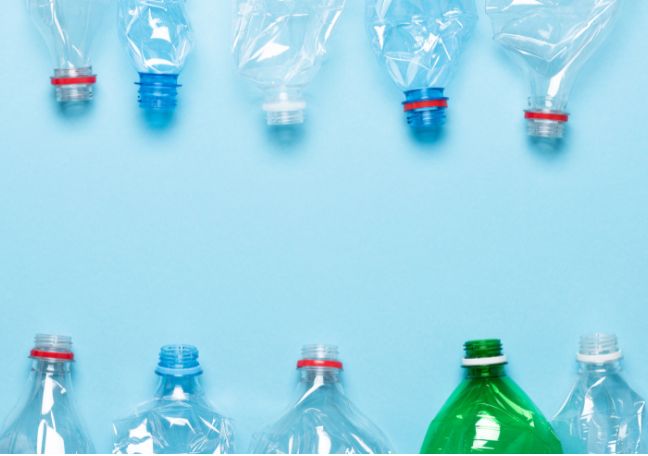
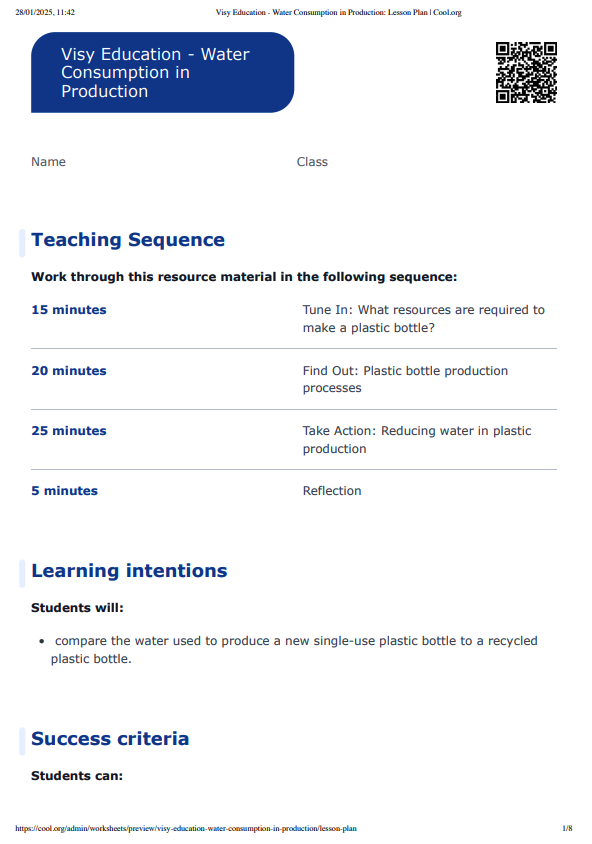
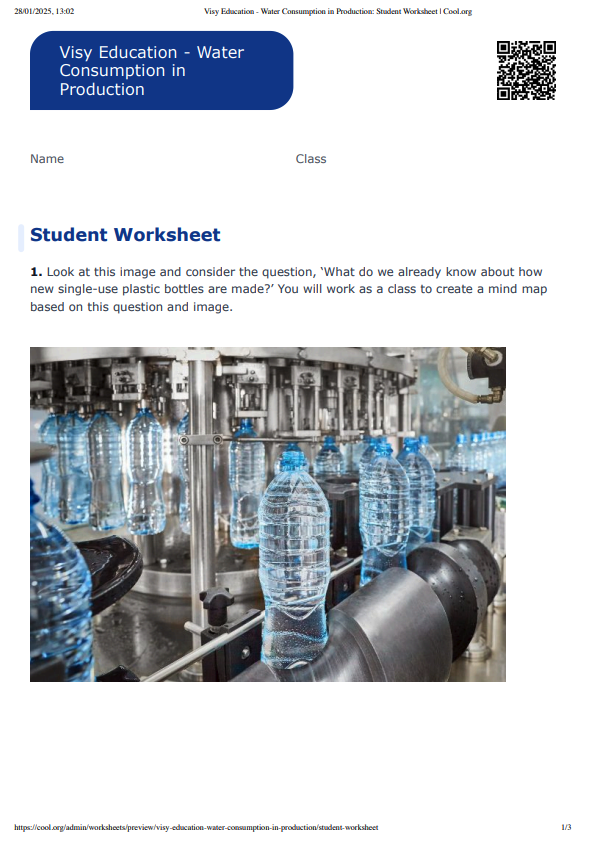
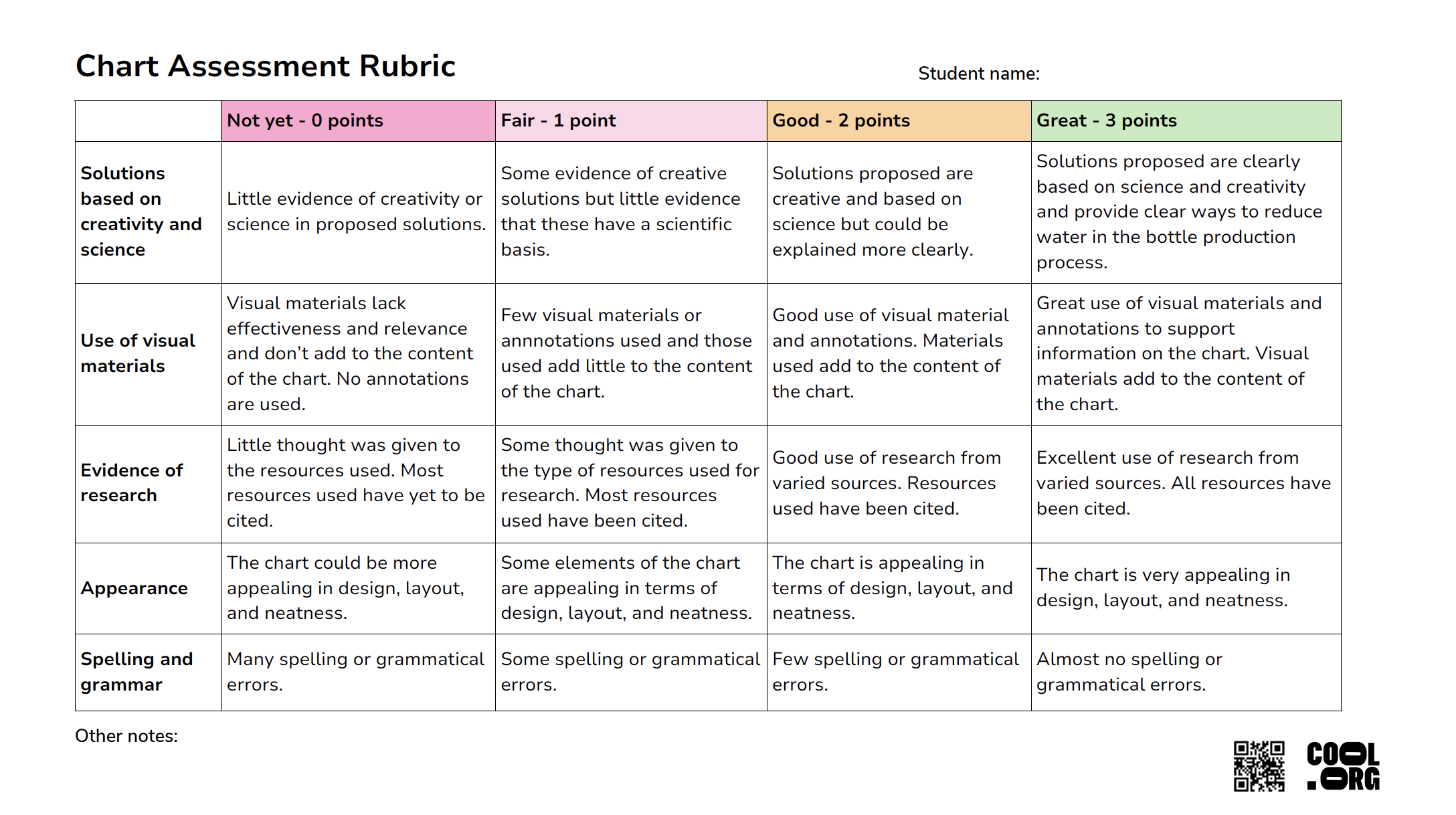
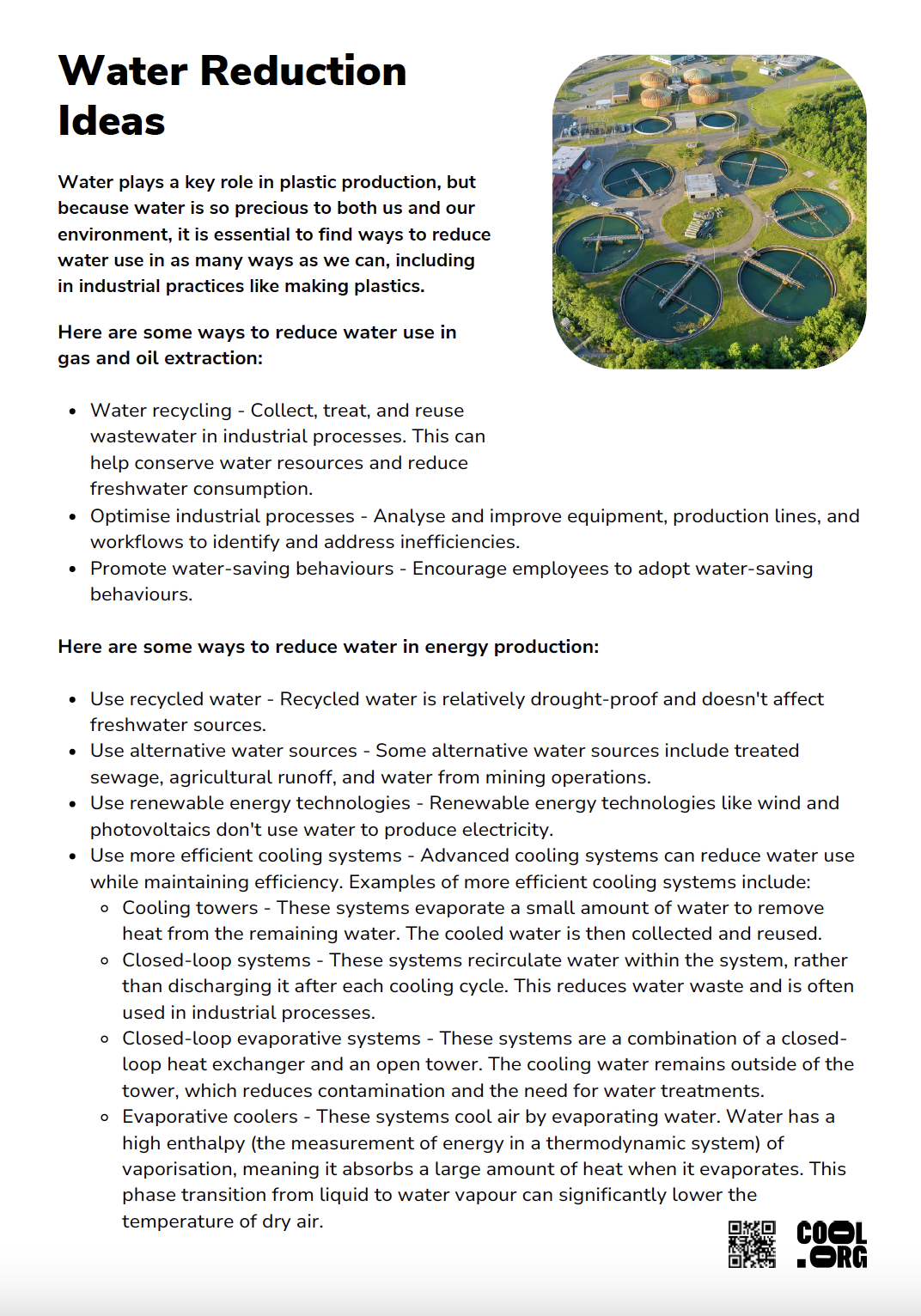
Welcome back!
Don't have an account yet?
Log in with:
Create your free Cool.org account.
Many of our resources are free, with an option to upgrade to Cool+ for premium content.
Already have an account?
Sign up with:
By signing up you accept Cool.org's Terms and Conditions(Opens in new tab) and Privacy Policy(Opens in new tab).